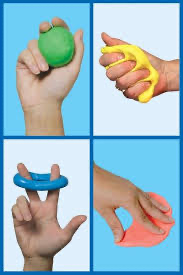To find the right treatment for hand pain, it is important to get an accurate diagnosis. Common diagnostic tools include:
Clinical examination: A thorough physical examination can reveal signs of inflammation, stiffness, or other problems that may be causing the pain.
X-ray: This can help detect osteoarthritis, fractures, or other structural problems in the hand.
MRI scan: An MRI can provide detailed images of soft tissues and nerves, and can be helpful in diagnosing conditions such as carpal tunnel syndrome or tendonitis.
Electromyography (EMG): This test can measure nerve activity and is used to assess nerve damage or compression.


Hand pain treatment
The treatment for hand pain depends on the underlying cause. Common treatment methods include:
Physical therapy: Exercises that strengthen the hand and improve range of motion can be very effective, especially for conditions such as osteoarthritis and tendonitis.
Medications: Painkillers and anti-inflammatory drugs can help reduce pain and inflammation. If necessary, your doctor may prescribe stronger medications for more serious conditions.
Splints and orthoses: For some conditions, such as carpal tunnel syndrome or trigger finger, the use of a splint or orthosis can help immobilize the hand and reduce stress on the joints.
Surgery: If conservative treatments do not provide sufficient relief, surgery may be an option. This can involve anything from repairing a damaged tendon to releasing a compressed nerve.
In the link below you can find relevant exercises for hand pain:
If you are unsure how to perform an exercise or whether those exercises are suitable for your condition, do not hesitate to contact and book an appointment with our physiotherapist.
